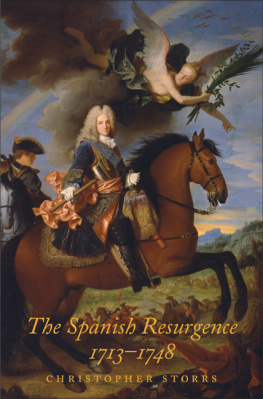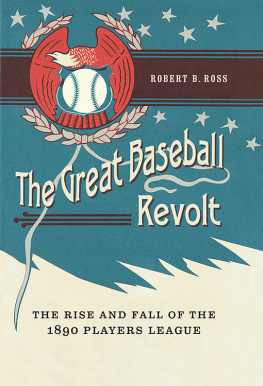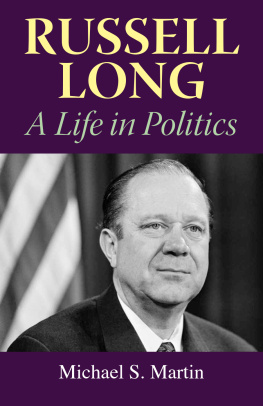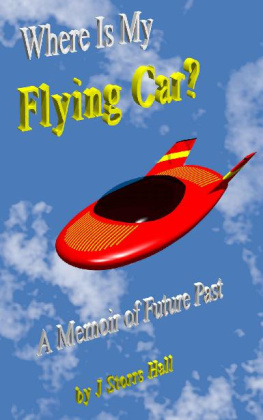The National Consumers League, Womens Activism, and Labor Standards in the New Deal Era
Designed by April Leidig-Higgins Set in Carter & Cone Galliard by Keystone Typesetting, Inc. Manufactured in the United States of America
The paper in this book meets the guidelines for permanence and durability of the Committee on Production Guidelines for Book Longevity of the Council on Library Resources.
[Page ix]
Illustrations
Women factory inspectors, 1914
Frances Perkins and Franklin D. Roosevelt, 1943
The NCL expresses its opinion of the Adkins v. Childrens Hospital ruling, 1923
Textile workers struggle with a National Guardsman in Gastonia, North Carolina, 1929
Lucy Randolph Mason, ca. 1920s
Josephine Casey on the cover of Equal Rights, 1931
Josephine Roche and John L. Lewis, 1936
New York City garment workers declare their determination to enforce NRA codes, ca. 1934
Womens Advisory Committee on the NRA coat and suit code, 1934
Clara Beyer, ca. 1931
Gastonia, North Carolina, textile strikers celebrate Labor Day, 1934
Gastonia, North Carolina, strikers wear posters demanding enforcement of the textile industrys NRA code, 1934
Women at work in a Louisville, Kentucky, garment factory, 1942
Anna Settle and Annie Halleck, 1941
Southern solons band to fight wage-hour measure, 1938
Lucy Mason testifies at the Black-Connery bill hearings, 1937
Italian women packing asparagus in Pennsylvania, 1941
Elinore Herrick, 1937
Mary Dublin, ca. 1938
Eveline Burns, 1943
[Page xi]
Acknowledgments
I am indebted to numerous people and institutions for their assistance on this project. For financial support over the years, I thank the Mellon Fellowships in the Humanities program, the University of Wisconsin Graduate School, the Polly Rousmaniere Gordon Fund, and the University of Houston Research Initiation Grant, Limited-Grant-in-Aid, and publication subvention programs.
The story told in these pages required research on widely scattered local developments as well as national ones. The resourcefulness of many archivists around the country was indispensable to completing this research. I thank in particular the staff at the State Historical Society of Wisconsin, the Schlesinger Library at Radcliffe College, the Labor-Management Documentation Center at Cornell University, and the Library of Congress, as well as Tab Lewis and Fred Romanski at the National Archives. Archivists who offered valuable assistance from afar include Kathleen Nutter at the Smith College Library, Betsy Pittman at the Virginia Commonwealth University Library, Claire McCann at the University of Kentucky Library, and Kathie Johnson at the University of Louisville Library. I also thank the interlibrary loan staff at the University of Houston. During the difficult process of locating suitable illustrations, several people came through in a pinch, including Mary Ternes at the District of Columbia Public Library, the staff of the Prints and Photographs Room at the Library of Congress, and, above all, my mother, Landon T. Storrs, who was an extraordinarily quick study as my East Coast research surrogate.
Several fortuitous coincidences enriched the experience of researching this book. After I decided to study the history of women-only labor laws in the 1930s, I learned that the lead organization backing such laws was headed in those years by my mothers great-aunt, Lucy Randolph Mason. A central figure in this study, Mason died before I was born, and surviving relatives know very little about her. My kinship to Mason did not yield any research advantages, but it improved my work by making me strive for high standards of scholarly detachment. In a second coincidence, a suggestion from my paternal grandmother Frances R. Storrs led me to her cousins [Page xii] college roommate, Asho Ingersoll Craine, who generously shared her memories of working for the Consumers League in the 1930s. Finally, Tom Dublin and Kitty Sklar helped me locate and interpret materials on Toms aunt Mary Dublin, who led the league in the late 1930s. Thanks also are due to Marys brother Thomas Davidson Dublin, who kindly permitted me to examine letters from Mary to her parents and then donated those letters to the Schlesinger Library, and to Taylor Burke Jr., who shared a small collection of Lucy Masons papers.
Astute criticism from many people improved this project over the course of its long journey from idea to book. The diverse approaches of the members of my dissertation committee at the University of Wisconsin Linda Gordon, John Cooper, Carl Kaestle, Ann Orloff, and Jonathan Zeitlin forced me to examine the topic from many angles. The now-scattered members of my dissertator group were more helpful than they know. The same is true of numerous conference session commentators and copanelists over the years, all of whom I thank here, along with the Houston Area Southern Historians. Scholars who offered constructive comments on portions of the manuscript include Jacquelyn Dowd Hall, Sarah Fishman-Boyd, Ellis Hawley, William Leuchtenburg, Ken Lipartito, Nancy MacLean, Cathy Patterson, and Beth Rose. I am especially grateful to those who read the entire manuscript at one stage or another: Eileen Boris, Nancy Cott, Colin Gordon, Ty Priest, and Kitty Sklar. Two readers for the University of North Carolina Press, Susan Ware and an anonymous reader, made shrewd suggestions and asked difficult questions that greatly strengthened the book. I also thank Kate Torrey, Paula Wald, and Mary Reid of the University of North Carolina Press for their expert guidance and assistance.







